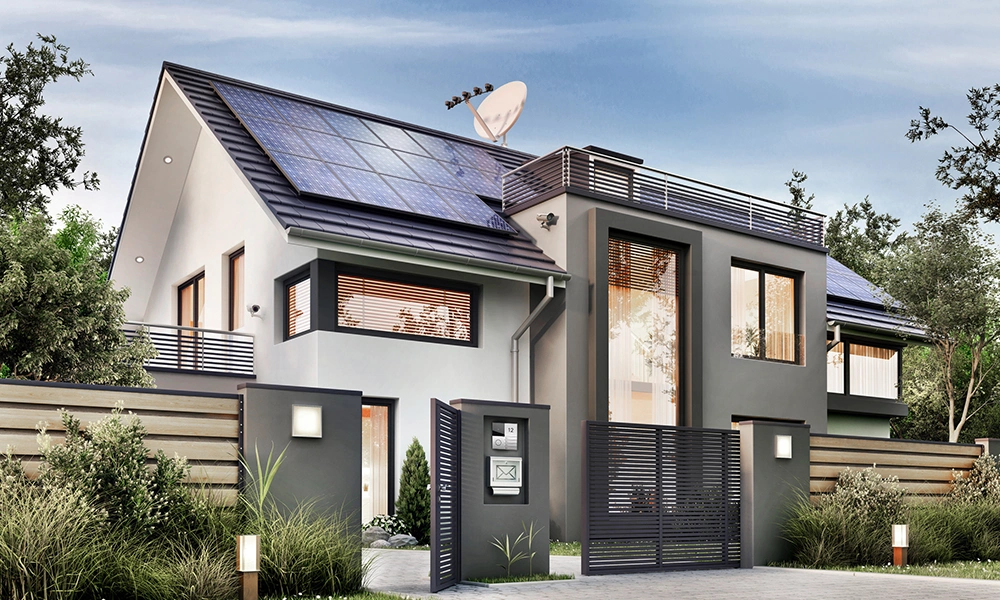Sustainable house design is a matter of designing houses that are energy efficient, ecologically friendly and ones that minimize the environmental impact. These are sustainable houses that are constructed with the long-term efficiency and minimization of wastage. A sustainable house takes into account the environment at all levels: construction and energy consumption and even its demolition or renovation.
Essential components of a sustainable house design
Defining what is sustainable house design
Sustainable house design refers to an approach to planning a residential house that is effective in consumption of natural resources, and is less wasteful. It involves selecting materials, technologies and designs, which minimize the carbon footprint of a home and at the same time offer a comfortable living space.
These are the main aspects that need to be included into sustainable house design:
- Energy efficient appliances: It is important that appliances are installed that consume less energy in designing a house sustainably. These would consist of energy efficient refrigerators, washing machines and lighting.
- Solar panels: one of the best sources of producing energy in your home is the solar power. Solar panels can make your power source and save on your power bills as well as save on fossil fuels.
- Rainwater harvesting: The ability to collect rainwater and use it in the house is a green accessory. It also aids in minimizing the amount of water used through the municipality and it is also very useful in outdoor irrigation.
- Proper insulation: Good insulation assists in keeping the interior temperature in place, this will save on heating and cooling. This will reduce the use of energy and guarantee year round comfort.
- Natural materials: Bamboo, recycled wood and cork are some of the materials that can be used to make construction less environmental. These materials are usually renewable and have less carbon footprint compared to the traditional building materials.
Understanding how to design a sustainable house?
A sustainable house must be carefully planned and designed with environmental friendly and energy saving characteristics. The instructions to begin with are as follows:
- Choose an energy efficient design: The first step is to consider the design that makes the maximum use of natural light and minimizes the use of artificial lighting.
- Use eco friendly materials: Choose building materials which are sustainable, long lasting and locally available. This minimizes the cost to the environment of transportation of the materials and that the materials are recyclable or renewable.
- Opt for renewable energy sources: If possible in your house design add solar panels, wind turbines or a geothermal system. The technologies produce clean renewable energy, and would save you lots of utility bills.
- Focus on water conservation: Have water saving devices e.g. low flow toilets and showerheads. Take the example of grey water systems used to recycle sink and bath water to use in irrigation.
- Build with an eye on the future: Plan ahead to make a building sustainable by accessing the future energy requirements and the prospect of future house improvements.
Benefits of sustainable house design
There are numerous benefits to attacking and building a green house other than it being green. The following are the motivations behind sustainable homes:
- Lower utility bills: You would save on utility bills through installing energy saving gadgets and water saving systems.
- Long term durability: The sustainable designs and materials are durable and thus need less repairs or replacement.
- Healthier living: Have better indoor air quality; this leads to positive health among occupants of the homes.
- Higher resale value: Green houses are currently a trend and hence they grow in the market.
Finally
Sustainable house design is not only limited to reducing the environmental impact but also having a home that is comfortable, energy efficient, and energy self sufficient. These are some of the pieces that you should incorporate in the next design of your house so that it is not only environmentally friendly but also practical.




